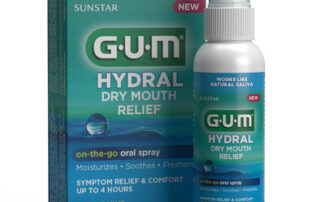Could fruit flies help match patients with cancer treatments?
Source: www.wired.com Author: Michele Cohen Marill Joel Silverman is facing down a nightmarish cancer prognosis. What he’d thought was a benign cyst in his jaw was actually a rare cancer that grew stealthily, supplanting the bone. And even after the tumor was excised, an undetectable remnant in his bloodstream seeded metastatic lesions in his lungs. His doctors can do little beyond removing the lesions as they appear. This cancer, myoepithelial carcinoma, doesn’t have a standard chemotherapy treatment. Silverman, 59, an internal medicine physician in Boca Raton, Florida, is accustomed to delivering both good news and bad to his patients, so he is realistic about his predicament. But he is also aware that science constantly pushes the bounds of what is possible. His hopes now hinge on a new paradigm of personalized medicine that will use a half million fruit flies to design and test a drug regimen tailored to his specific cancer. Not his type of cancer. His individual tumors. Drosophila melanogaster, the tiny creatures of high school genetics experiments, are actually sophisticated models of human biology. Some 60 percent of Drosophila protein-encoding genes (known as the exome) have a parallel in humans. Drosophila can become drunk or obese, can develop diabetes or Parkinson’s disease, and, with some tricks of genetic engineering, can be induced to develop tumors identical to those in humans. The signaling pathways among cells—the mechanisms that control cellular repair, for example—are the same in humans and flies. “If you find a drug that is going to [...]


